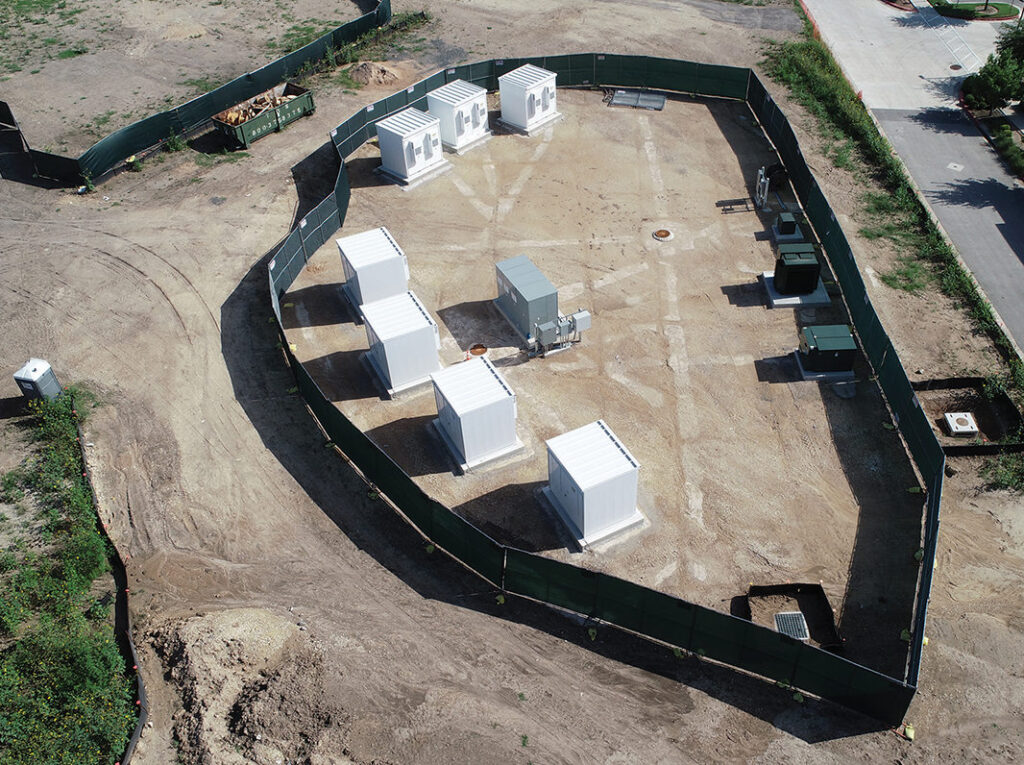Real-time customer sentiment for public services…this is a thing now

The cities of New York, Los Angeles, and Grand Rapids, Michigan have each turned to a new technology to track customer sentiment of their police forces. The technology is called Elucd, and the goal is to monitor public sentiment in real time down to the sector or precinct level.
Elucd works by polling targeted individuals via crop up ads in free versions of apps like Candy Crush or Weatherbug. The ubiquitous nature of these apps allows it to gather sufficient samples of data that provide an accurate view how the public feels about their local police, and how this perception shifts moment to moment based on personal experiences and current events.
This type of technology, or real-time sentiment analysis are not new. There are an abundance of apps and tools that do the same thing across other markets like media, politics, and consumer goods. However, the emergence into the public services sector is something relatively new.
And it is an opportunity and a threat to utilities.
Maintaining a competitive edge
Competition from consumer-facing disruptors like Nest, Tesla, and Sonnen is something that most utilities take very seriously. One way in which these competitors can (and have) developed an edge on utilities is through a more detailed (and actionable) understanding the utility customer. Although utilities are focusing more and more on their customers, it’s still difficult to keep pace while balancing their core mission of providing safe, reliable, and affordable service, with needs from regulators and investors.
Becoming the solution (not the scapegoat) during outages
Real-time, accurate sentiment analysis can be a powerful tool for utilities to extend or diversify their communications efforts during service restoration, as well as measure the effects of different efforts on customer perception.
In situations where weather causes unplanned service interruptions, some utilities have started to look at social media to better understand customer sentiment in affected areas, and in some cases even inform damage assessment and operations.
The usefulness of social media insights can be disputable, though. For one, this type of data is unstructured and therefore difficult to quickly analyze (i.e. an actual person or another advanced technology is required to translate it). Also, it is common for highly dissatisfied individuals to skew that data.
One benefit of technologies like Elucd is that they are designed to gather structured data, gathered from a much more accurate sample of data.
Taking the right approach?
Utilities should rightfully be asking who will be providing this data, and if it represents customers that they want to get information from or target in the first place. To be blunt, are the perceptions of millennials, who are the dominant app and mobile technology users, really that important?
The answer is an assured YES. According to Pew Research Center, millennials surpassed baby boomers as the largest segment of U.S. consumers back in 2016, and the ratio will only grow. Regardless of the base today, the importance of giving utilities a better window into the individuals and communities that they will be serving in growing numbers is indisputable.





